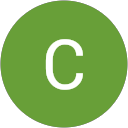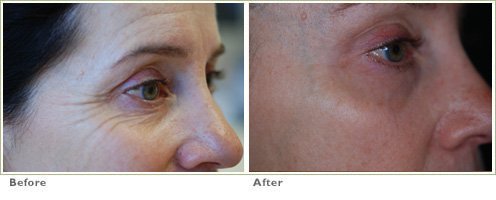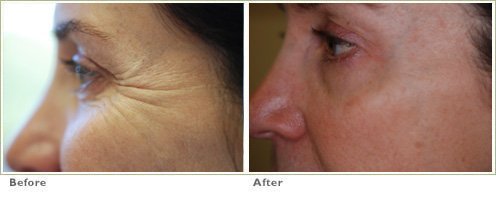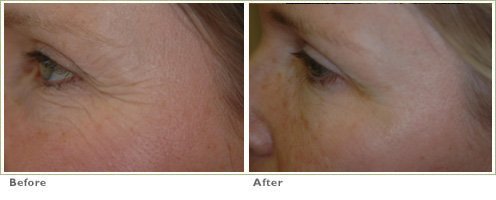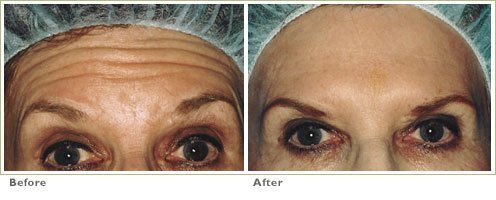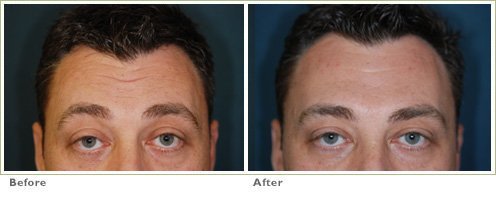BOTOX® Treatments

BOTOX® is one of the most popular dermatological treatments around the world and is prized for its versatility and effectiveness. From targeting signs of aging to relieving pain from migraines and muscle spasms, this treatment delivers fast, lasting results that can transform your appearance and make you more comfortable in your own skin.
At Berman Skin Institute, our goal is to help you look and feel your best through a comprehensive selection of cosmetic and medical dermatology services. If BOTOX® treatment is right for you, let our professionals help you achieve your goals today.
Schedule a Botox Appointment Online:
Step 1, Select a clinic location from field below, or call us at 1.888.411.3376 (DERM)
What Is BOTOX®?
BOTOX® is made from botulinum toxin (Botox), a natural muscle relaxant. When injected, the toxin forces muscles to relax and smooth out, preventing them from contracting, deepening and developing fine lines and wrinkles. Depending on the placement, BOTOX® can also block nerve pain, making it suitable in both cosmetic and medical scenarios.
BOTOX® is the treatment of choice for many people because it is FDA-approved, minimally invasive and offers fast results. It is also a good procedure to perform in conjunction with others, such as laser skin resurfacing, to prepare and relax the area and ensure optimal results.
*Schedule a complimentary consultation online or in-person.
Treatment Areas
People choose to pursue BOTOX® injections for a number of reasons, and at Berman Skin Institute, we aim to cater to them all. BOTOX® can be used to treat:
- Wrinkles and fine lines: Reducing wrinkles, fine lines, frown lines, crows feet and other signs of aging is what BOTOX® is most known for, and it continues to be one of the most effective solutions on the market.
- Muscle spasms: A twitching eye or muscle spasm can be uncomfortable and embarrassing for many people, but BOTOX® can minimize these spasms.
- Migraines: BOTOX® can reduce tension that causes certain types of chronic migraines and headaches.
- Hyperhidrosis or excessive sweating: If the amount of sweat you produce makes you self-conscious, BOTOX® may calm the overproduction.
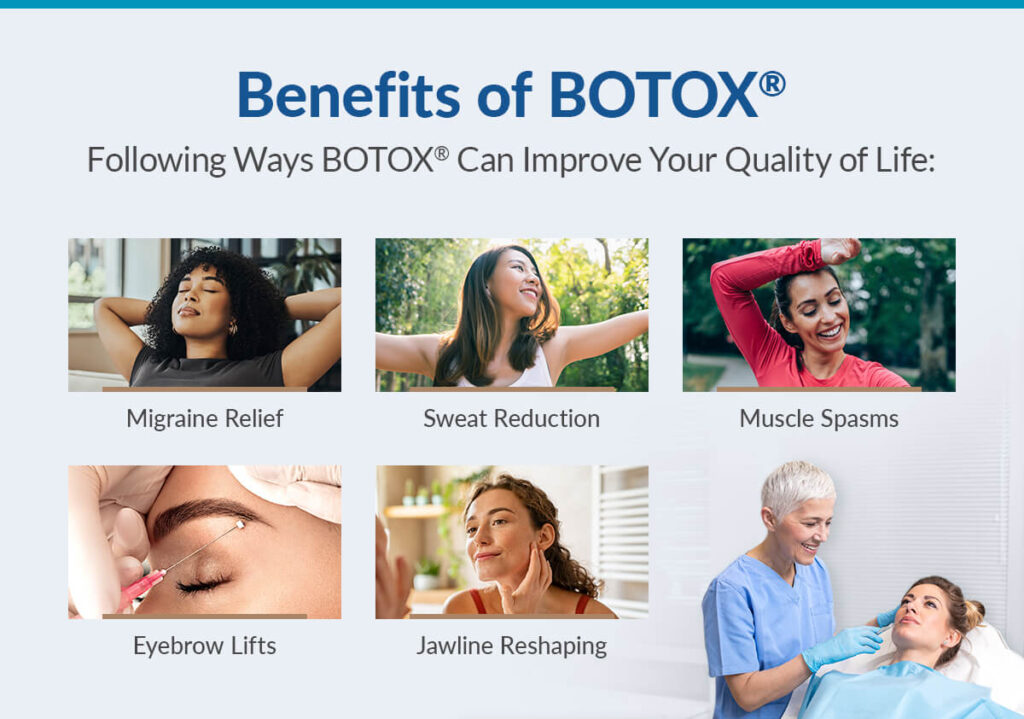
Why Choose Berman Skin Institute for BOTOX® Injections?
When it comes to receiving BOTOX®, JUVEDERM® and other treatments produced by Allergan Corp., Berman Skin Institute is the clear choice for Californians because we’ve been awarded the Black Diamond Classification straight from the manufacturer. This designation is only awarded to the top 1% of most experienced care providers in the world.
On top of that, we have nearly three decades of satisfied customers who continually choose us for our flexible scheduling, state-of-the-art facilities and compassionate medical professionals. If you’re considering getting BOTOX® for wrinkles, put your confidence in the most trusted hands — our skilled providers.
Schedule Your Consultation Today
Ready to feel more confident in your appearance and relieve your symptoms? Berman Skin Institute is here to help. You can book your free consultation online at any time — we often have same-day and next-day appointments available for our valued clients. Schedule today and enjoy natural-looking, lasting results.
Why Should I Receive Treatment From Berman Skin Institute?
Berman Skin Institute is proud to be one of the BOTOX® company’s national physician training centers. We have been honored with the coveted Black Diamond classification by Allergan–the makers of Botox, recognizing Our Clinic is in the TOP 1% Most Experienced in the world!
What Our Clients Have to Say
I went here for a 1-off skin concern a year ago. The front desk scheduled a follow-up appointment without my knowledge for a year later. I missed their reminder call the day before the appointment (they called at 8 am and it went to voicemail). By the time I listened to their voicemails 2 days later I found out I would be charged $150 for missing the appointment.
Frequently Asked Questions about BOTOX® Treatments
Hyperdynamic wrinkles are the most common indication for Botox® Cosmetic treatments and are caused by repeated contractions of the delicate underlying facial muscles every time you smile, laugh, or frown. A very animated individual who contracts these facial muscles frequently will have greater facial muscle tone, and deepening of unwanted lines of the face.
Botox® Cosmetic is injected into the small facial muscles through a tiny needle, and it works in two ways. First, Botox® Cosmetic relaxes hyper-dynamic muscles, dramatically softening or eliminating wrinkles within three to ten days. Second, over the ensuing months, the relaxed muscle slowly thins down to a more normal state, providing further cosmetic benefits for unwanted wrinkles. This secondary effect has been seen in our center to last as long as two years.
The needle is so small that 99% of patients require no topical anesthetic cream or other medication prior to the procedure. Certainly, one can show up early for their appointment and our staff would be happy to apply such a cream for 20 minutes prior to the injection.
All skin types may undergo Botox® Cosmetic treatments. Patients who are pregnant or have neuromuscular diseases such as myasthenia gravis should not undergo the therapy.
Reduction or complete elimination of wrinkles, excessive sweating and headaches with no down time associated with other conventional therapies. You will not see the full effect for three to ten days, and results last approximately five months.
Results may vary.
Our Physicians, Physician Assistants and Registered Nurses.
None. You can return to work the same day and resume all of your regular activities.
With more than 2.0 million treatments performed last year and a superb safety track record, Botox® Cosmetic has rapidly become one of the most popular cosmetic procedures performed in the United States. Side effects are rare and temporary. Although a bruise is possible, it is seen in less than 5% of our patients and it wanes away in a few days. The specific risks and the suitability of these procedures for a given individual can be determined only at the time of consultation. Minor complications that do not affect the outcome occur occasionally.
Before Treatment Instructions
Though it seems that most of our patients have taken a blood thinner such as aspirin, Motrin, ibuprofen, naprosyn and other non-steroidal anti-inflammatory medication right before their procedure for headache pain or menstrual pain, or for sore muscles from working out, we do suggest that one avoid such medications if possible for 10 days prior to the procedure, as these medications make one more prone to bruising. Even so, we treat most patients who are on such medications and can avoid bruising most of the time by special techniques, such as finger pressure applied over the treated area immediately after the procedure for a couple of minutes.
After Treatment Instructions
None required.
Botox Before & After Gallery
Botox® Cosmetic
*Results may vary.
See founder Dr. Berman performing no down time anti aging procedures (Botox, Juvederm Filler, Fraxel Laser and PhotoFacial) on the Live Well Network
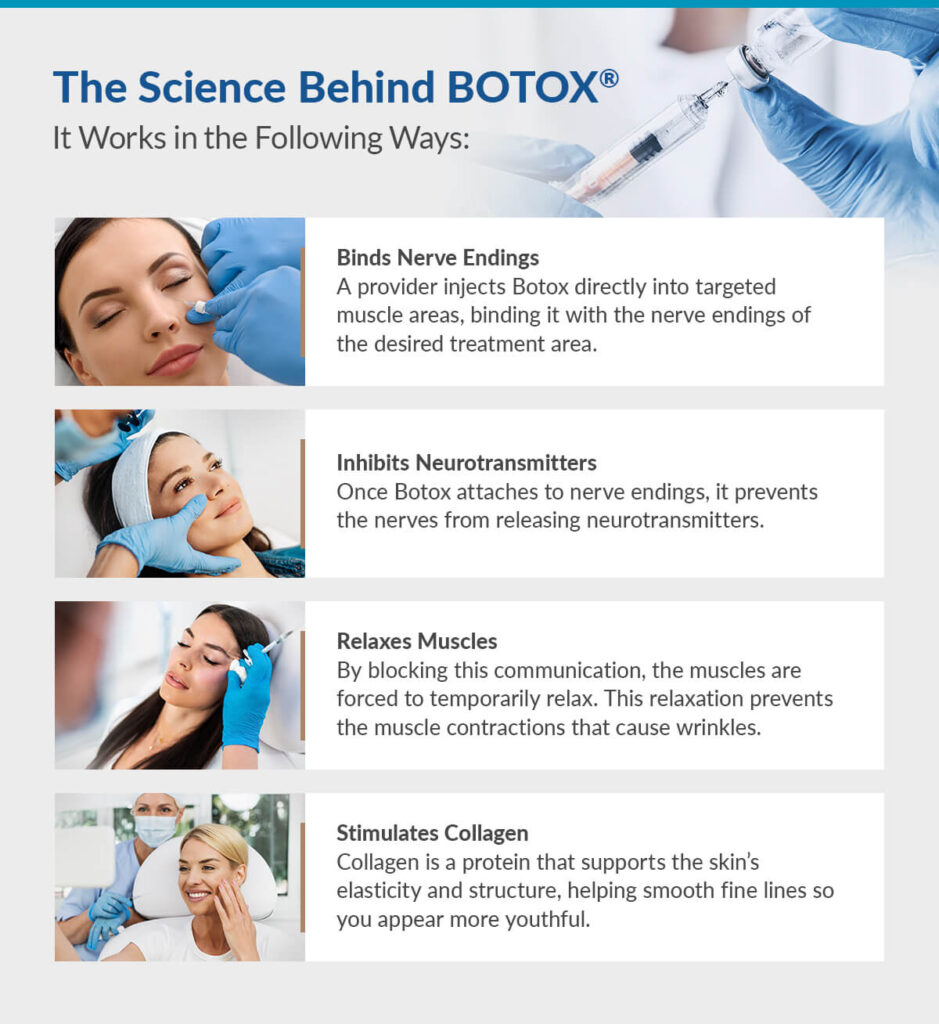
Find Your Nearest Botox® Location
Book a Botox® appointment at any of our below locations in Northern California:
Los Altos (Palo Alto)
Roseville
San Francisco
Pleasanton
Sacramento
Placerville
Walnut Creek
SF Bay Area – Fremont
Yuba City
Tracy
Sacramento – Cameron Park
If you want to review multiple treatment options in addition to Botox® please book a Facial Rejuvenation appointment at any of our locations.







